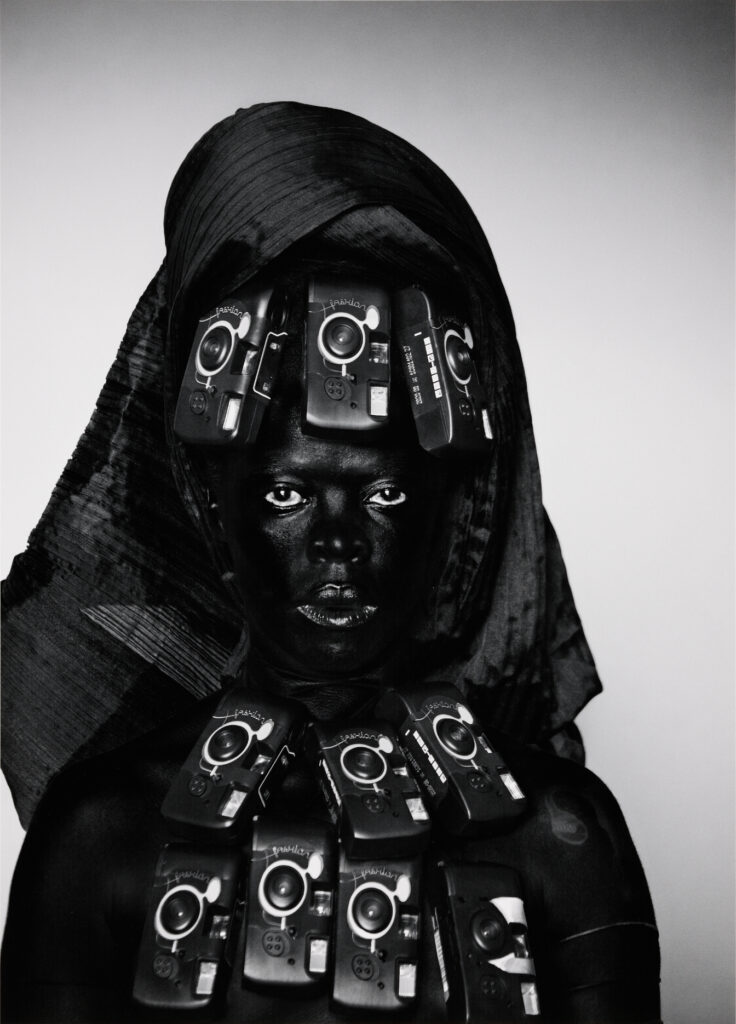
What does it mean to be a “visual activist”? For South African artist Zanele Muholi, art is a tool for social change. “My practice as a visual activist looks at Black resistance — existence as well as insistence,” Muholi explained in an interview published by Autograph ABP. “Most of the work I have done over the years focuses exclusively on Black LGBTQIA and gender-nonconforming individuals, making sure we exist in the visual archive.”
SFMOMA was an early supporter of Muholi. In 2011, the museum included their work in the five-artist exhibition Face of Our Time, and in 2014 showcased their photographs in Public Intimacy: Art and Other Ordinary Acts in South Africa, co-organized with Yerba Buena Center for the Arts. Now, Zanele Muholi: Eye Me continues SFMOMA’s commitment to Muholi by presenting the artist’s first major solo exhibition on the West Coast. The survey brings together over 100 photographs from 2002 to the present, as well as paintings, video, and one sculpture. Taken together, the works center issues of gender identity, representation, and race.
“The museum can be, should be, and will be a space to represent Black queer life,” says Shana Lopes, assistant curator of photography, who organized Zanele Muholi: Eye Me alongside Erin O’Toole, curator and head of photography, with Sally Martin Katz, curatorial associate of photography. “Museums were not a part of Muholi’s childhood, and the artist saw no positive visual examples of Black queer life growing up. Now, they are driving that change.”
“The museum can be, should be, and will be a space to represent Black queer life.”
Muholi doesn’t photograph subjects or models; rather they refer to the people they photograph as participants who actively collaborate in creating the picture. Series like Faces and Phases (2006–ongoing) reach new frontiers in LGBTQ+ self-representation, with each participant choosing their own pose, location, and outfit. “The viewer is invited to contemplate questions such as: What does an African lesbian look like? Is there a lesbian aesthetic or do we express our gendered, racialized, and classed selves in rich and diverse ways?” Muholi writes. By photographing friends and friends of friends over the span of several years, Muholi builds a profound sense of trust that is evident in the pictures. Yet “it’s a double-edged sword of visibility,” notes Lopes. “Using someone’s full name in a title puts the person in a vulnerable position.”
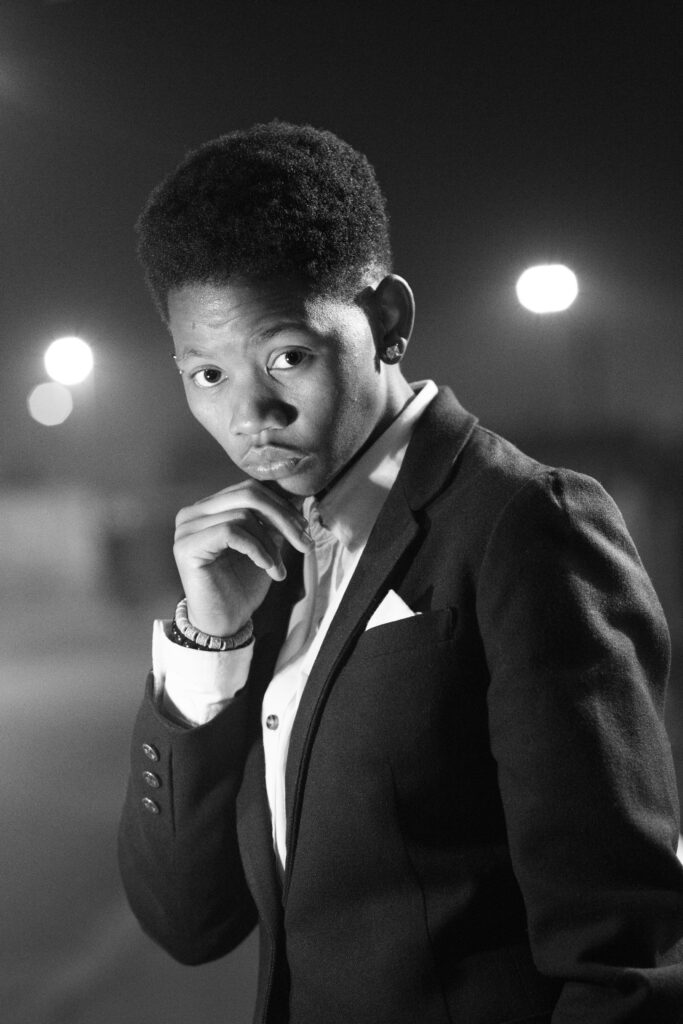
Since the early 2000s, Muholi’s activism has led them to establish various organizations, including Inkanyiso, a platform for queer activism, art, and information-sharing, and the Muholi Art Institute, a program that trains and mentors young artists from South Africa. In 2002, they co-founded the Forum for the Empowerment of Women (FEW), the first Black lesbian rights organization in South Africa. As part of their advocacy with FEW, Muholi traveled to several townships to document survivors of LGBTQ+ hate crimes. The resulting photographic series, Only Half the Picture (2002–2006), calls attention to that trauma while also honoring the beauty and resilience of those pictured.
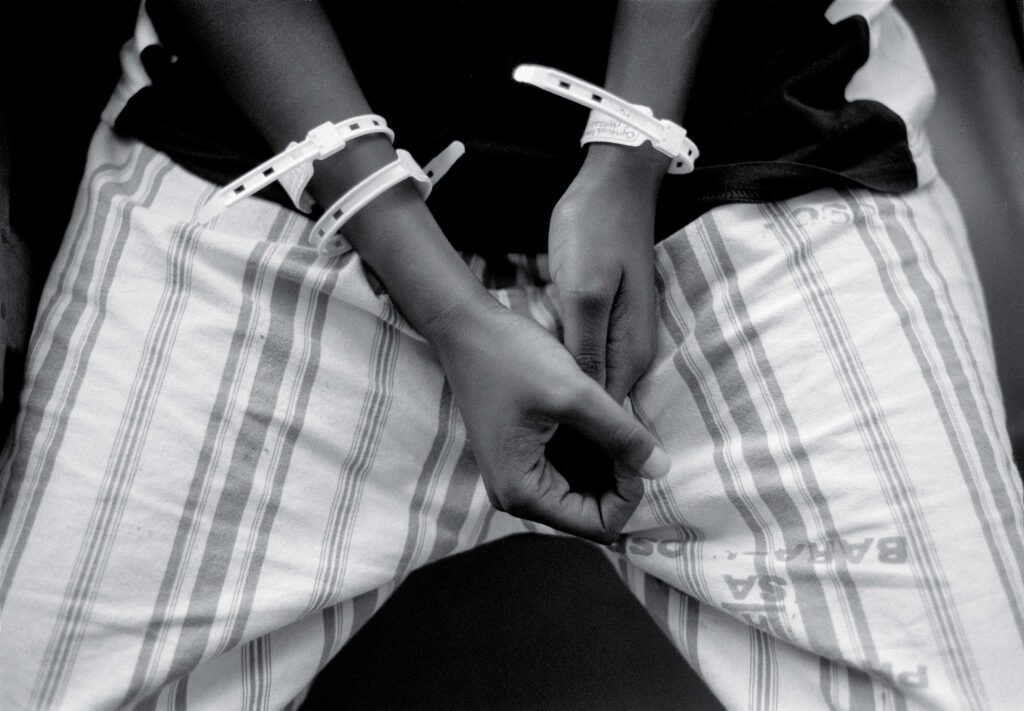
Brave Beauties (2014–ongoing) depicts empowered trans women and gender non-conforming and non-binary people assuming the poses of pinup models on the covers of fashion magazines. “When I look at Brave Beauties, I see confidence, self-awareness, and people taking ownership of the space before the camera by posing as they want to be seen,” states Lopes. Most of the Brave Beauties participants have won queer beauty pageants — including Muholi, who placed second in a Ms. Sappho pageant in Johannesburg in 1997.
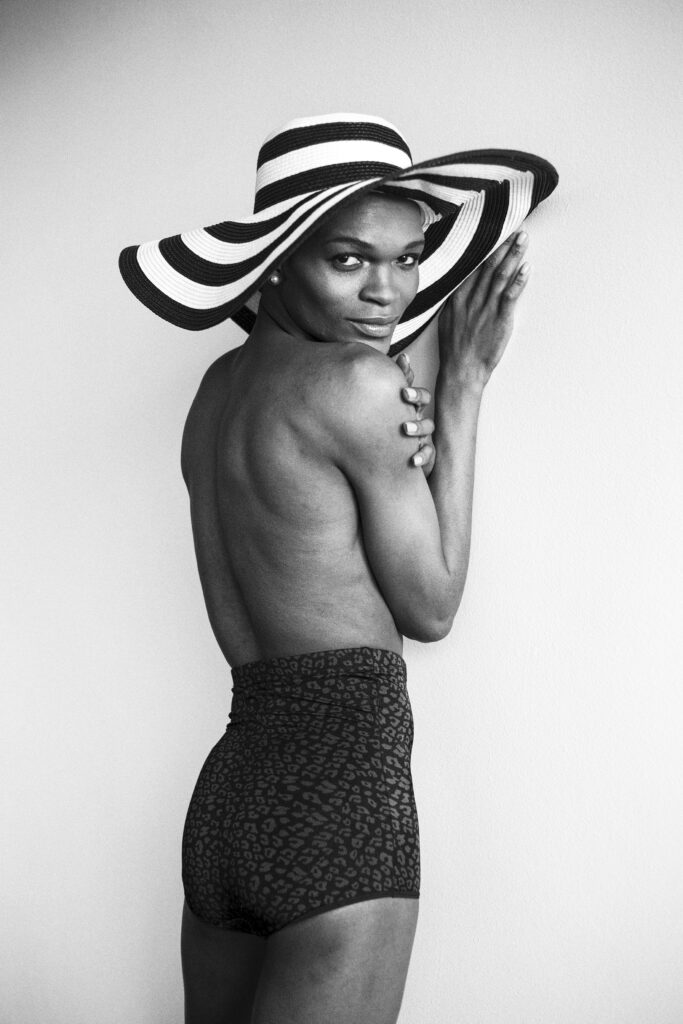
In their series of self-portraits, Somnyama Ngonyama, which translates from Zulu to “Hail, the Dark Lioness,” Muholi assumes various characters and archetypes. Taken from 2012 to the present across Africa, North America, Europe, and Asia, the photographs invite viewers on a “discomforting self-defining journey, rethinking the culture of self-representation and self-expression,” says Muholi. The personal melds with the political as Muholi uses props such as cowrie shells, rubber tires, and sheets of plastic to comment on South African history, contemporary culture, and events in their own life. Each portrait poses questions around human rights, social justice, Black identity, and beauty, with the artist often staring defiantly towards the camera and emphasizing their Blackness by using makeup and high-contrast lighting.
Muholi’s recent forays into painting and sculpture during the COVID-19 pandemic are closely connected to Somnyama Ngonyama in both subject matter and style. “These richly textured paintings use color in a way that extends the artist’s exploration of identity, acknowledging the viewer’s presence and affirming their own existence,” says Lopes.
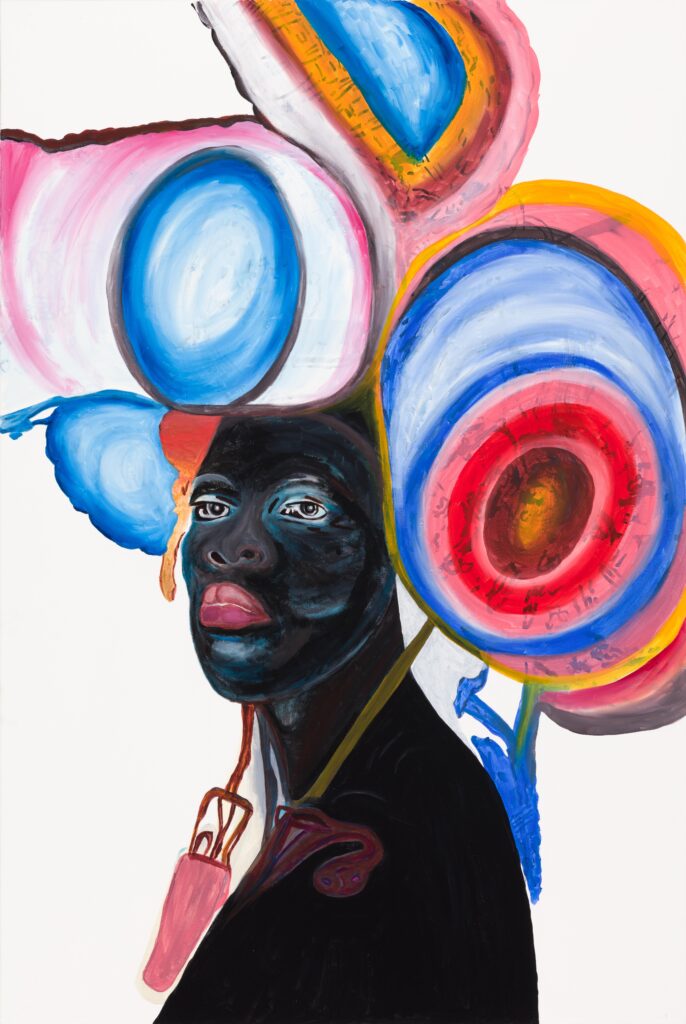
A large-scale bronze sculpture of Muholi draped in cables, clamps, and cords rounds out the presentation. “Muholi boldly reclaims the medium of bronze statuary, which has always been used to signify people of power in the history of art,” Lopes states. “This project has permanence and speaks to Muholi’s ultimate goal of creating a visual archive that’s not only photographic.”
Zanele Muholi: Eye Me is on view through August 11, 2024, on Floor 3.
Presenting support for Zanele Muholi: Eye Me is provided by Denise Littlefield Sobel.
Major support is provided by the Pritzker Exhibition Fund in Photography.
Meaningful support is provided by David and Pamela Hornik and Barbara and Stephan Vermut.